
The Aerus Pure & Clean with ActivePure Technology has been proven to reduce airborne SARS-CoV-2 virus by 99.9% in a matter of three minutes. This technology, installed as part of your HVAC system or inside the company’s portable air purification units, works to reduce the pathogens found in indoor settings, and can even be used to eliminate the virus from your home’s air while you’re sitting in the room. These air filtration systems are not new, but recent upgrades are now becoming available in residential spaces to prevent indoor contamination.
How it works:
Traditional filtration-based air purifiers work passively to suck in unclean air and push it back out into the room once it’s been removed of its contaminants. ActivePure instead works on the offensive front, quickly filling your room with safe, virus-neutralizing particles that are designed to identify and destroy the virus components. This process has been proven to be more effective, and also reduces the probability that the virus can reach your home’s furniture or other surfaces. The same purification method has been used before to eradicate other viruses, mold, and bacteria.
Safe and reliable:
Research for the Aerus Pure & Clean with ActivePure Technology has been conducted in some of the nation’s top biosafety laboratories that study the world’s deadliest pathogens. It has also been approved through FDA-compliant military lab tests, where the COVID-19 virus was sprayed into a room in high concentrations and was rapidly eliminated. ActivePure even uses NASA-inspired technology to disinfect your home’s air. These units are CDC approved and complement other typical safety practices, such as sanitizing regularly.
In your home:
We know that having fresh, clean air inside of your homes is always a priority, but this has now become even more necessary during the pandemic. When you or your guests enter your home from outside, or if you bring in a package that arrived at the front door, there’s clearly no way for you to physically identify the virus. Not only will the air being pumped throughout your home from the HVAC system be actively combating the virus living in the room, but the ActivePure technology also surrounds you and your guests with protective, virus-inactivating air. We spend the majority of our time now (and throughout quarantine) inside of our homes. Unpurified or infected air particles can have very real negative effects on our health.
Have a question about Aerus Pure & Clean with ActivePure Technology and how to make your home safer from viruses in the air? Our experts at Clay’s Climate Control can provide you with all the information you’re looking for. Call us today at 609-916-1106 to schedule an installation of the ActivePure Technology in your HVAC now!
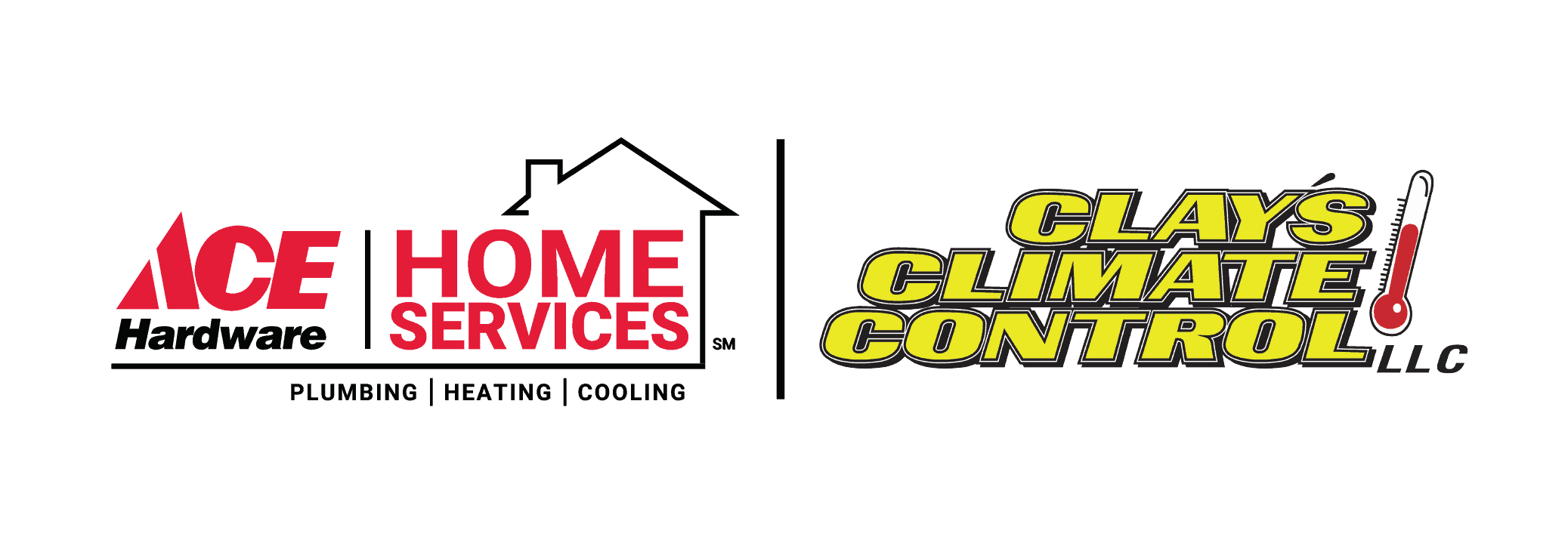
 It’s no secret that one of the most important features of your home’s HVAC operation is a reliable ductwork system. Oftentimes, your heaters and air conditioners cannot perform their proper functions without a customizable approach that’s made specifically for your home. As all houses are constructed differently, the ductwork used to circulate their airflow should be too! Here is a list of four reasons why custom ductwork is the right choice for you:
It’s no secret that one of the most important features of your home’s HVAC operation is a reliable ductwork system. Oftentimes, your heaters and air conditioners cannot perform their proper functions without a customizable approach that’s made specifically for your home. As all houses are constructed differently, the ductwork used to circulate their airflow should be too! Here is a list of four reasons why custom ductwork is the right choice for you: 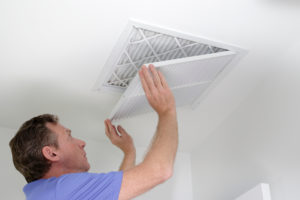 When it comes to home maintenance, one of the most important things you can do is to pay careful attention to your
When it comes to home maintenance, one of the most important things you can do is to pay careful attention to your 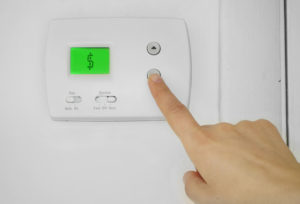 Many homeowners are used to receiving higher bills in the wintertime due to the costs of
Many homeowners are used to receiving higher bills in the wintertime due to the costs of 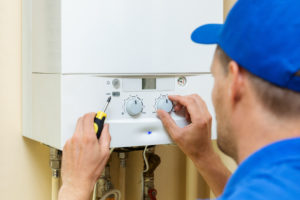
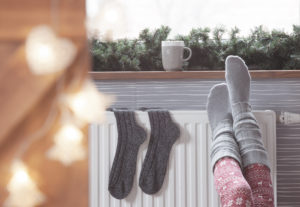
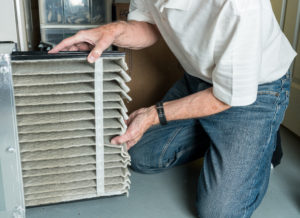 Taking care of your
Taking care of your  A great way to save money is to look at your utility bill for ways that you can cut costs. Simply paying more attention to your energy usage can save you hundreds if not thousands of dollars a year. Have you ever thought,
A great way to save money is to look at your utility bill for ways that you can cut costs. Simply paying more attention to your energy usage can save you hundreds if not thousands of dollars a year. Have you ever thought,  The
The  If you’re a homeowner you know the costs of running air conditioning, heating, home appliances and lights can add up. In fact, your heating and cooling system can add up to half of your monthly utility bill! What you may not know is that you can cut down on costs if you started monitoring your use.
If you’re a homeowner you know the costs of running air conditioning, heating, home appliances and lights can add up. In fact, your heating and cooling system can add up to half of your monthly utility bill! What you may not know is that you can cut down on costs if you started monitoring your use.